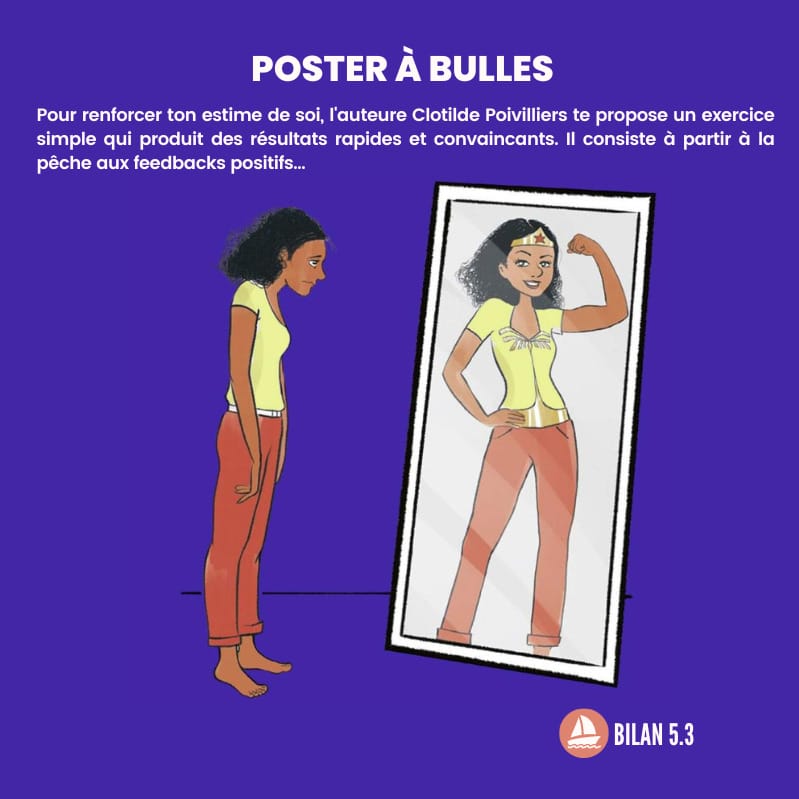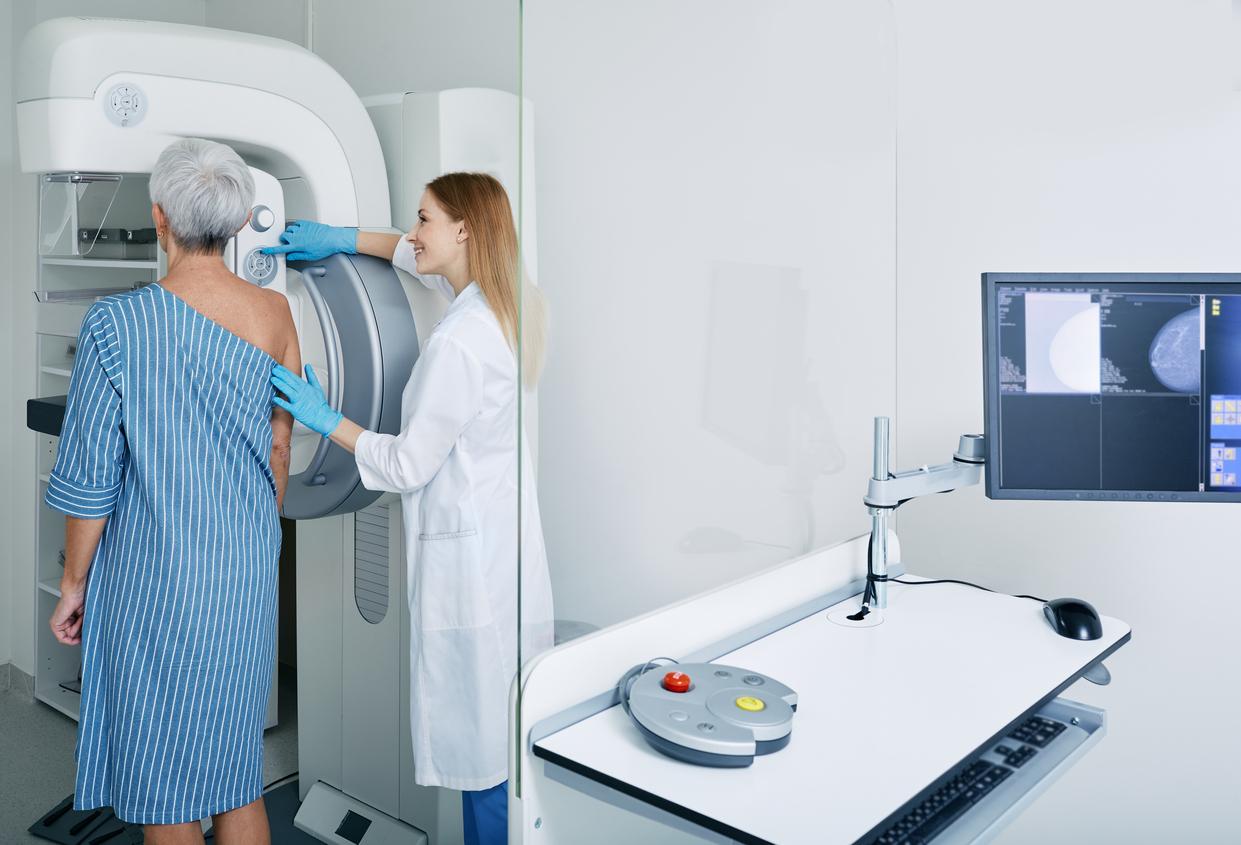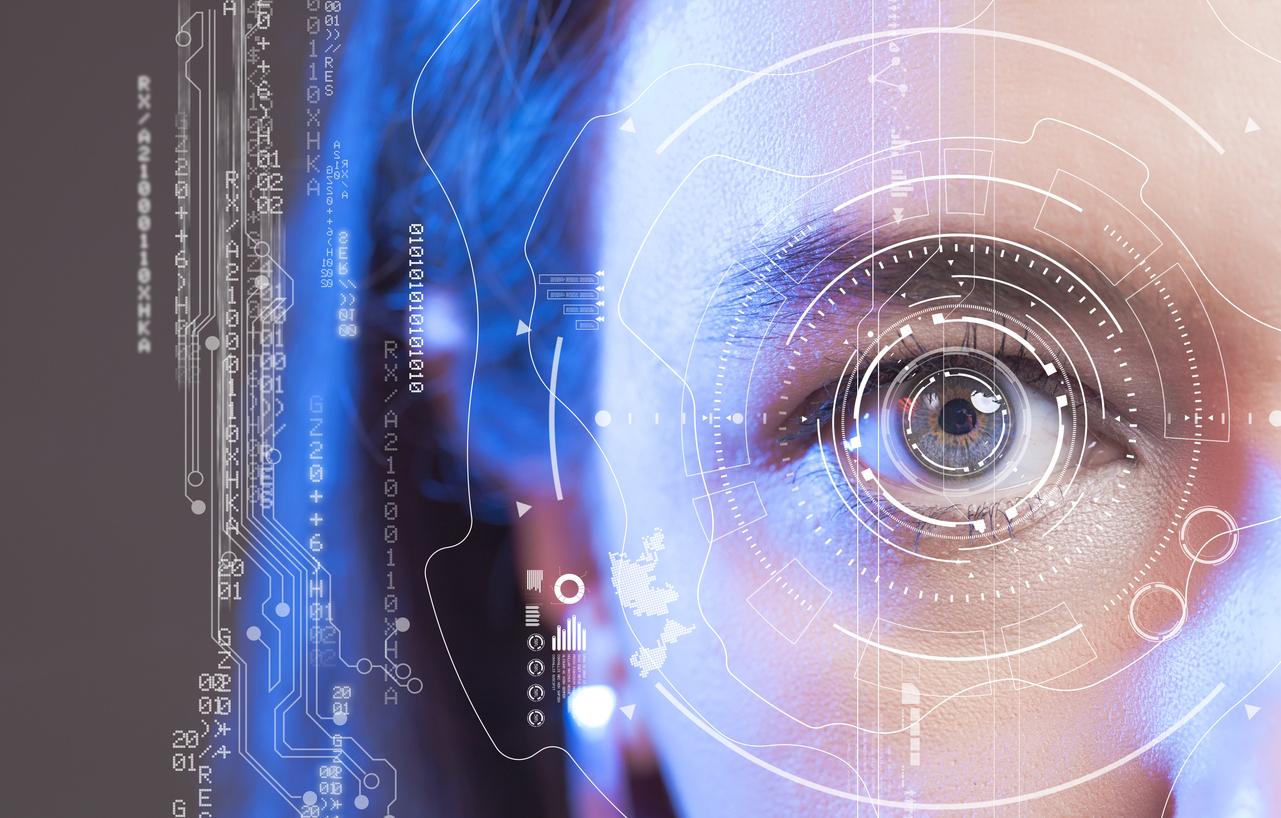Performing a human head transplant, on a healthy body donor, could be possible thanks to the evolution of robotics and artificial intelligence, according to a start-up which published a video showing this operation.

- BrainBridge, a start-up claims that human head transplantation will soon be possible thanks to the evolution of artificial intelligence and robotics.
- The head transplant system consists of two specialized microsurgery robots that remove heads and place one of them on the healthy body donor.
- The person whose head is transplanted should, according to the start-up, retain their memories, their consciousness and their cognitive abilities.
Will one day putting your head on another body be a feasible operation? In any case, this is what the start-up BrainBridge, specializing in neuroscience and medical engineering, says.
Transplant a head onto a healthy donor body
In a video published on various platforms, including Youtubewe discover the “world’s first concept of head transplantation system“, according to About Hachem Al-Ghailidirector of the start-up.
Head Transplant Machine – #BrainBridge, the world’s first concept for a head transplant system, which integrates advanced robotics and artificial intelligence to execute complete head and face transplantation procedures. Full video: https://t.co/evvETl3lov pic.twitter.com/Q4jPfMJqqm
— Hashem Al-Ghaili (@HashemGhaili) May 21, 2024
For this operation, the surgeons are not human! These are two robots specialized in microsurgery, equipped with artificial intelligence (AI) which analyzes the operation and allows them to adapt.
Each of the robots takes care of removing the head from the body in front of it. Once the operation is complete, one of the heads goes onto the other body, which comes from a healthy donor. The goal is therefore for the person to be viable, while ensuring that their consciousness, memories and cognitive abilities are preserved.
This head transplantation system “integrates advanced robotics and artificial intelligence to perform comprehensive head and face transplant procedures, continues Hachem Al-Ghaili. This cutting-edge system offers new hope to patients suffering from incurable diseases such as stage 4 cancer, paralysis and neurodegenerative diseases such as Alzheimer’s and Parkinson’s disease”.

A possible operation within eight years?
But is it coming soon? Currently, the system is not capable of performing this operation. But the start-up is banking on the evolution of robotics and AI so that its system can be quickly operational.
“The goal of our technology is to push the boundaries of what is possible in medical science and provide innovative solutions to those battling life-threatening diseases, says Hashem Al-Ghaili. Our technology promises to enable the development of life-saving treatments that were unimaginable just a few years ago.”
Even if this new technology were technically operational, several questions would remain to be resolved, to avoid abuses, before it was used: who would be the donors? The company specifies that these would be donors of healthy bodies in a state of brain death, but what are the guarantees that this is always the case? Who would have the right to carry out this operation? Would it be accessible to as many people as possible? Would there be no risk of rejection?
So many ethical, technical and legal questions remain to be resolved… But Hashem Al-Ghaili assures us, feasibility studies will be carried out with the aim of carrying out the first surgical intervention within eight years.
A breakthrough that should interest Sergio Canavero. In 2017, this Italian neurosurgeon carried out a post-mortem head transplant, the results of which were published in the journal Surgical neurology international.















